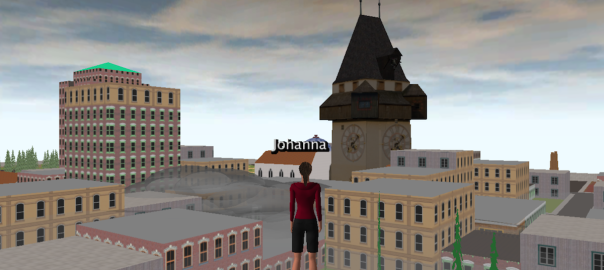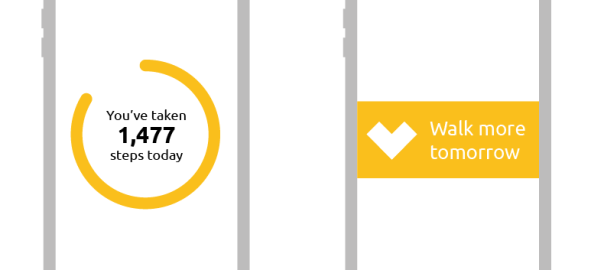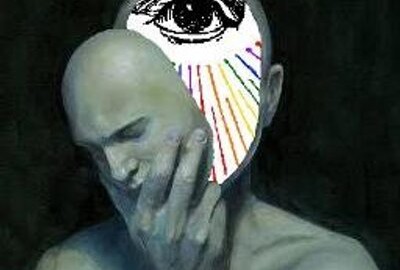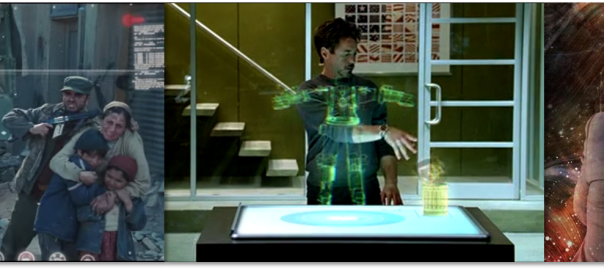Author(s): Sriram Karthik Badam and Niklas Elmqvist
Affiliation(s): Department of Computer Science and College of Information Studies, University of Maryland, College Park, MD, USA
Abstract: Modern films such as the Iron Man series, Avengers, and Pacific Rim best exemplify visual interface designs that are futuristic, follow fluid interaction guidelines, and are yet not too distant. These movies show interaction models designed for direct manipulation of real and virtual objects in holographic projections, and also embodied interaction in completely immersive environments. Furthermore, these imagined interfaces have their own envisioned application domains ranging from casual computing, information browsing to creative design and even analytics. A common aspect among these many imagined futuristic user interfaces (FUI) is projection of different types: (1) head-mounted, (2) holographic, and (3) immersive projection. In this paper, we imagine the interaction models that can best-fit each of these projector display types when they are adapted to visualization and visual analytics. For this, we consider interaction models that go beyond a desktop to utilize implicit aspects within the environment such as proxemics and explicit actions through direct manipulation, gestures, tactile, and other forms of multi sensory feedback. We borrow application scenarios from the aforementioned movies and the general guideline behind our discussion is that projection type guides the interaction design.



